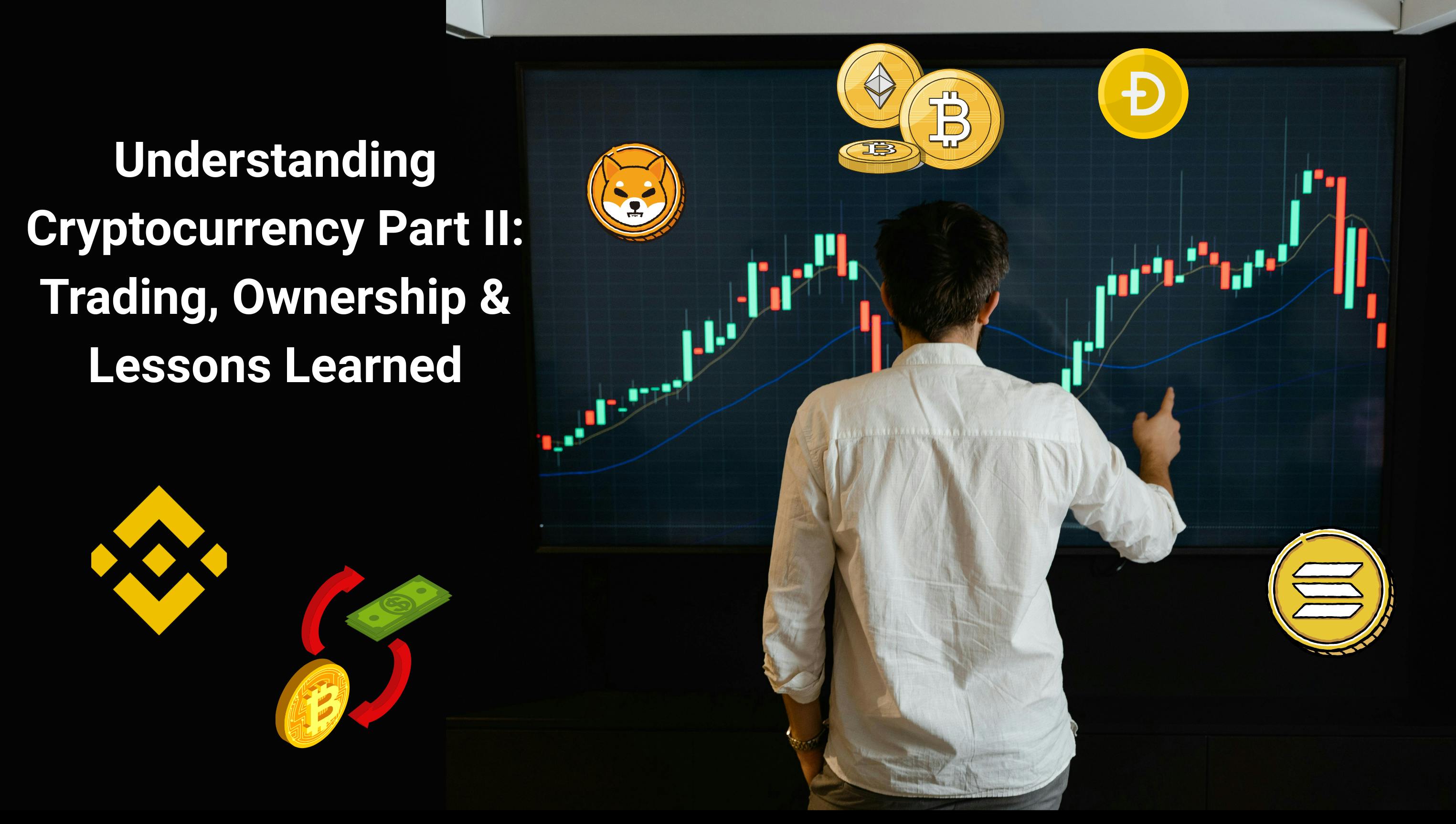Introduction
When I wrote
Since then, my journey has evolved, shaped not just by curiosity but also by my work in social media marketing and the conversations I’ve had with friends.
Growing up in Indore, I was used to the rhythm of banks — paperwork, waiting, endless branch visits. So when a friend casually introduced me to cryptocurrency, it felt almost unbelievable: “I could send money across the world in minutes, without banks or borders.”
That was truly amazing.
What Is Cryptocurrency?
The first time I installed a crypto wallet, I couldn’t believe how simple it looked. No forms, no IDs, no approvals — just an app. I remember thinking: “Wait… is this money?”
And yes, it is.That day I learnt, cryptocurrency is digital cash that runs on blockchain — a decentralized network where transactions happen directly between people, not through banks.
But as I started diving deeper into it, I learned it’s more than “digital cash.” For example:
- BitcoinFor me, Bitcoin felt like the modern version of the gold jewelry my family always trusted, except this one which lives entirely online with fixed supply (only 21 million will ever exist).
- Ethereumgoes beyond payments — it powers smart contracts, allowing code to execute agreements without lawyers or brokers.
- Stablecoinslike USDT or USDC peg themselves to the dollar, making them a bridge between traditional finance and crypto.
When I compared it to sending ₹10,000 abroad, the difference was night and day:
- Bank transfer: forms, high fees, days of waiting.
- Crypto transfer: instant, borderless, low cost.
The Evolution of Money
I remember my textbooks talking about barter trade. whereas, my parents trusted paper notes and coins. I grew up with debit cards. Now, I was holding “money” that only existed online.
This was a reminder that: money always evolves with technology.
In 2009, the mysterious Satoshi Nakamoto launched Bitcoin, the first “trustless”, decentralized currency. Here Trustless didn’t mean I distrusted it — it meant I didn’t have to depend on a banker’s stamp, only on math.
Since then, Ethereum, Ripple, and even meme-inspired coins like Dogecoin have built their own ecosystems. Each is a small piece in the puzzle of how money is being redefined.
What difference does Crypto make
One late night, I tried sending money. My bank’s system was down for maintenance. Getting frustrated with it, I opened my crypto wallet and tried the crypto transaction… It went through instantly!
At that moment I experienced the cryptocurrency unique strengths:
- Decentralization – No bank decides if my transfer goes through. Thousands of nodes validate transactions.
- Borderless Access – Indore to New York in minutes, like sending a WhatsApp message.
- Encryption & Security – Transactions are secured with cryptography. Breaking it is quite difficult; it would require near-impossible computing power.
- True Ownership – My wallet, my rules. If I lose my private key, I lose access. If I keep it safe, no one can freeze my funds.
What I later realized is this: decentralization isn’t just technical, it’s philosophical. It shifts power away from middlemen toward individuals. And for someone like me, who grew up relying on banks for everything, that was eye-opening as well as exciting too!
Crypto vs Fiat: Key Differences
The difference became clear during my first international freelance payment. PayPal fees took a painful cut, and settlement dragged for days. With crypto, it was done in minutes.
|
Feature |
Cryptocurrency |
Regular Money (Fiat) |
|---|---|---|
|
Who Controls It |
Decentralized network |
Banks & governments |
|
Where It Exists |
Purely digital |
Physical + digital |
|
Transfer Speed |
Minutes, global |
Days for international |
|
Privacy |
Wallet addresses |
Linked to identity |
|
Access |
Anyone with internet |
Often bank required |
Another advanced layer I discovered: monetary policy. Fiat currencies can be printed endlessly by governments. Crypto, on the other hand, often has coded scarcity (like Bitcoin’s halving cycles) which directly affects its value.
Why did I Trade Cryptocurrency
My first trade was just ₹1,000 on Coinswitch Exchange. I wouldn’t mind losing on a night out with my friends in Indore. Watching the chart move felt like a heartbeat monitor. Nerve-wracking, but thrilling.
Here’s why cryptocurrency trading attracted me:
- High Profit Potential – Prices are volatile, but that volatility creates opportunity. Bitcoin once moved from $3,000 to $60,000 in just a few years.
- 24/7 Markets – No opening bell, no closing time. The market literally never sleeps.
- Small Entry Point – Fractional ownership means even beginners can buy a sliver of Bitcoin or ETH.
- Global Access – No paperwork, no central authority blocking access.
- Fast Settlement – Trades clear in minutes. No T+2 waiting like stock markets.
But I also learned that with high potential comes high risk. Leverage trading, for instance, can multiply gains but also wipe out accounts in seconds. I’ve avoided it, but many beginners get burned here.
Closing Thoughts
From Indore to the global stage, crypto reshaped how I view and understand money. It’s not only about trading profits, it's about freedom: the ability to move value instantly, without banks, borders, or delays.
Even now, I stumble upon something new almost every day whether it’s a coin, a concept like staking, DeFi, or layer-2 scaling, or a community. But one thing is clear: cryptocurrency isn’t just “virtual money.” It’s a financial revolution and my journey is only just beginning.
👉 In Part III, I’ll share the biggest mistakes I made in my first year of trading — and how you can avoid them


